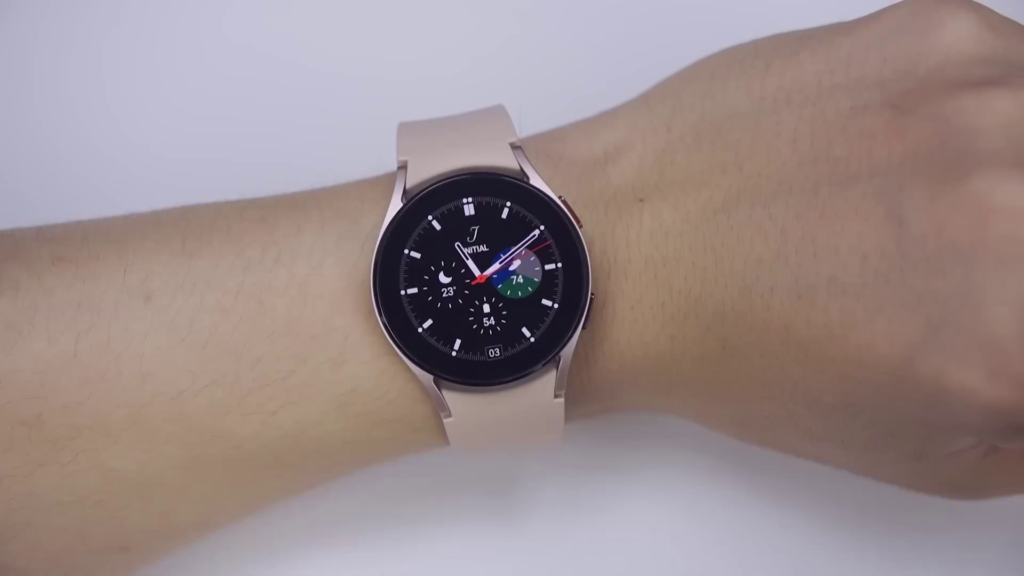Technology in healthcare is a revolution for the physical well-being of all the living beings in the world. Wearable technology is one of the dominant areas of technology that has a wider range of uses in healthcare. Wearable technology, consisting of devices worn on the body that collect and transmit data, has emerged as a promising tool in healthcare for monitoring and managing health conditions, enhancing patient care, and improving overall well-being. From fitness trackers to smartwatches, wearable devices have proved how much beneficial and useful they are for patients, healthcare providers or any person who wants to keep health in check. That’s why, it is no wonder why these devices have become increasingly popular in recent years. Without further ado, let’s dig deep into the article to know the contribution of wearable technology in healthcare:
Don’t Miss: 10 Best Cardio for Weight Loss!
How Do Patients Get Benefitted?
One of the greatest benefits of wearable technology in healthcare is, the monitoring of vital signs and health parameters so that you can know what is going on inside your body! Yes, wearable devices with their high-tech facilities can collect real-time data on heart rate, blood pressure, oxygen saturation, temperature, and other physiological measures, which can provide valuable insights into a patient’s health status. Moreover, this data can be transmitted wirelessly to the healthcare providers to allow them for remote monitoring to detect any potential health issues in advance.

How Does Wearable Technology Bring Positive Changes in Health?
If you are a patient of chronic health conditions that need management and self-care then wearable devices are immensely beneficial for it. Patients who suffer from health conditions such as diabetes, asthma, hypertension etc. can use wearable technologies for their own benefits. How? Because these devices can track your symptoms, medication adherence and even lifestyle behaviors. Furthermore, They can remind you for medication intake, monitor your physical activity levels, can offer you personalized feedback on lifestyle habits to make necessary changes for the betterment of your health. So, this is another excellent contribution of wearable technology in healthcare that one can’t ignore.

How Do Healthcare Providers Get Benefitted?
When it comes to get benefited, Wearable technology in healthcare is promising for healthcare providers too. The wearable devices can trim their burden of works by helping to improve patient care. They can automatically capture patient data which makes the job easier since it is no longer needed to manually enter the data. This can save time and effort for healthcare providers. This will allow them to put the extra time and effort on the direct care for the patient.

Moreover, communication and collaboration among healthcare teams is also very advantageous thanks to the wearable technologies. Not only they can communicate with the patients from remote place via wearable devices but also devices with telehealth capabilities can allow them for remote consultations, virtual monitoring, patient managements etc. This reduces the need for in-person visits. Remember the pandemic days? You can realize how crucial virtual monitoring and remote consultations can be in right time!
Effects Of Wearable Technology On Health, Fitness and Safety
Wearable devices can also be very utile for any common person who wants to keep his/her health in check. Devices like fitness trackers and smartwatches have become surprisingly popular in the recent years because of their utilizations in healthcare and fitness. These devices can not only monitor your physical activities, heart rate, sleep patterns but also provide personalized insights and feedback to help improving your health and fitness. In short, wearable technology can be a pretty good partner in your fitness journey and health goals.

Furthermore, older people can get some excellent benefits from wearable devices. They have the potential to improve the care and safety of older adults. Devices such as fall detection, GPS trackers and smartwatches with emergency calling features can be lifesavers in some situations. So, wearable devices nowadays can help older people to stay independent, safe and always connected.
Use Wearable Technolgy Carefully!
In today’s world, the contribution of wearable technology in healthcare is undeniable and plentiful as we already have discussed in the article. However, there are some considerations that need to be addressed while using wearable devices to avoid all the risks related to it. Firstly, data safety is crucial. As wearable devices collect and transmit sensitive health information, the data privacy and security should be a critical concern for the users. To ensure the safety of privacy and security, one can just go through the relevant privacy policy of these devices. Secondly, as these are electronic devices, they can vary like same type of devices from different manufacturers can show different results because of their different accuracy. This is also crucial because inaccurate or low-accurate information regarding health can be horrible for your health because of the decisions you or the healthcare providers would take based on the info. So, all you need to do is to validate the accuracy of data collected by these devices to ensure reliable clinical decision-making. In a nutshell, using wearable technology from reliable manufacturers to ensure data safety and accuracy can minimize the risks we have mentioned.

In the concluding lines, it is now no secret that the contribution and benefits of wearable technology in healthcare is immense and game-changer. From patients to healthcare providers to fitness enthusiasts, everyone can get benefitted from wearable devices. Remote patient monitoring, chronic disease management, health improvement, positive changes in lifestyle are some of the greatest gifts of wearable technology in this area. With that being said, we recommend everyone to use wearable devices from trusty manufacturers to avoid all the risks and harms related to this type of technology. Lastly, hope you have found this article about wearable technology in healthcare helpful enough. If it is really so, then don’t hesitate to express your valuable thoughts in the comment section below. Thanks for visiting and appreciating our work.
